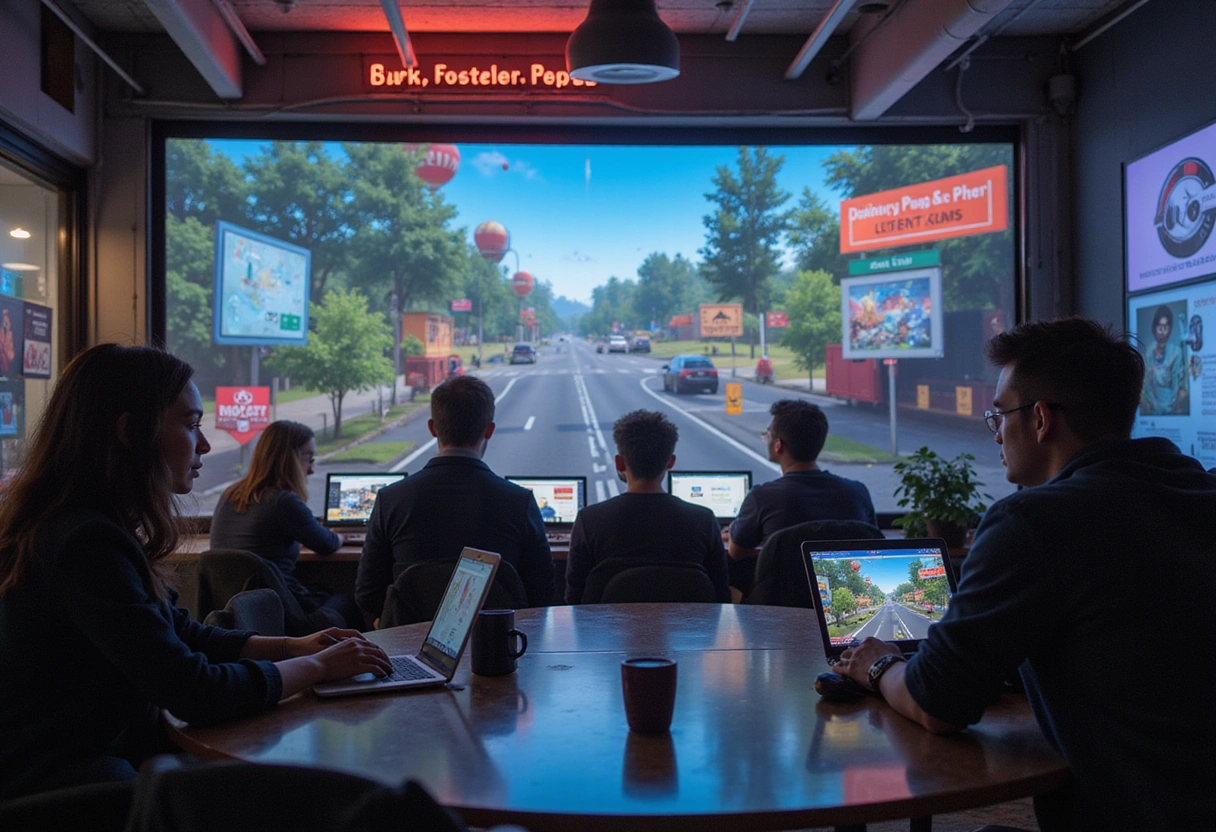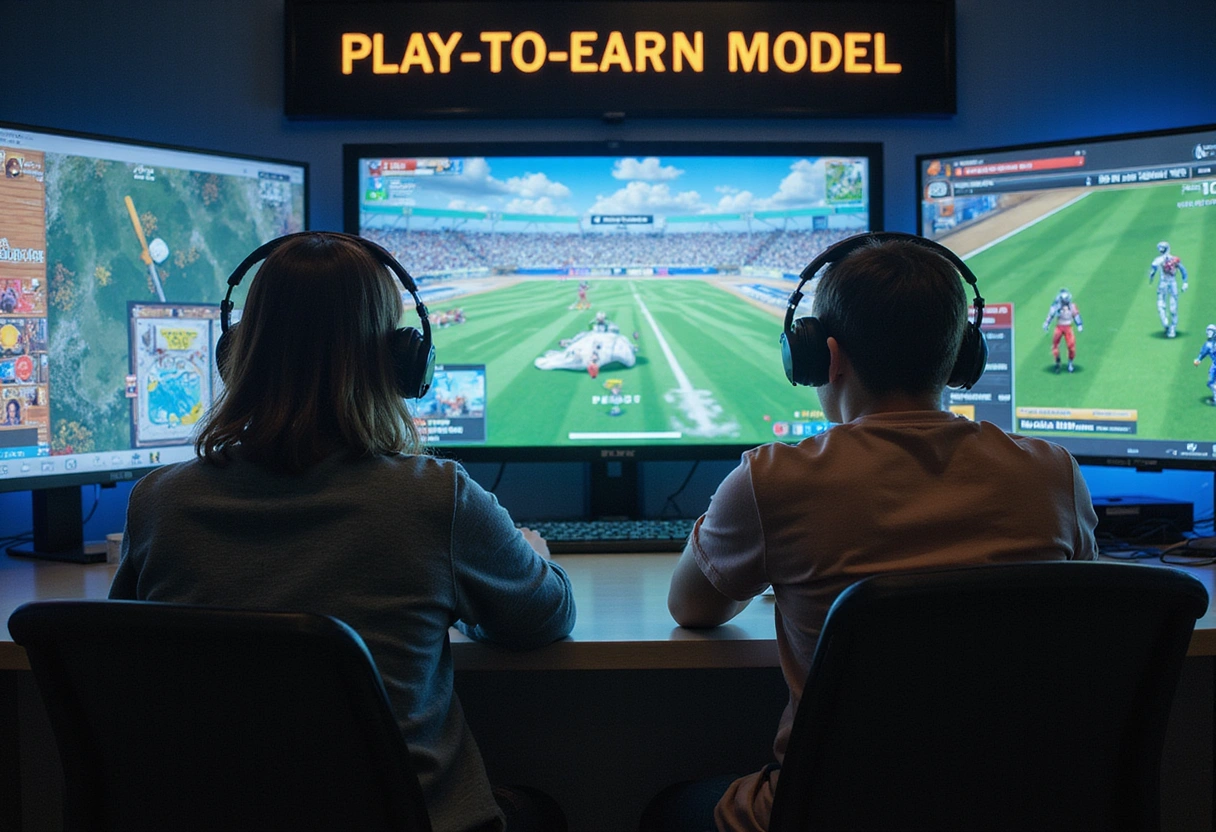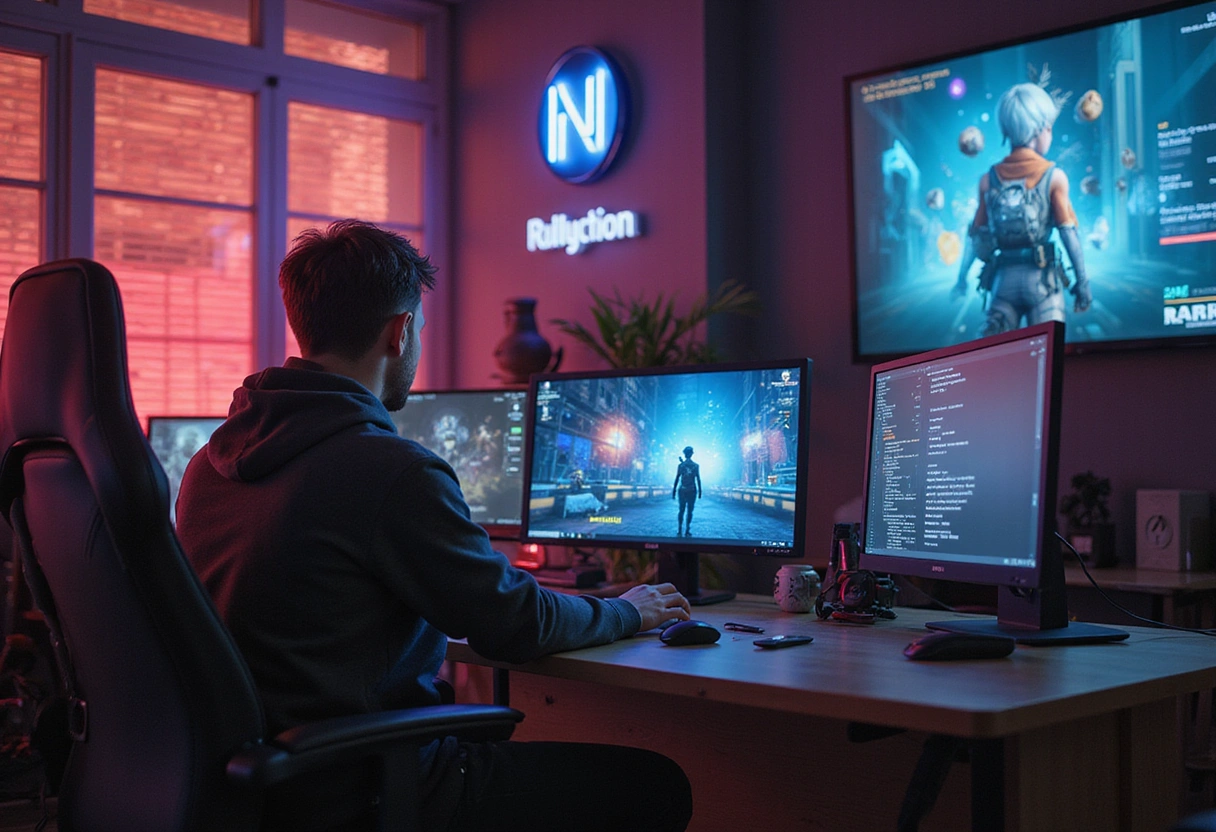

The landscape of gaming and entertainment is undergoing a significant transformation, thanks to the rise of Web3 technologies. The integration of blockchain, decentralized applications, and play-to-earn models is reshaping how players interact with games and each other. This shift not only enhances user engagement but also creates new revenue streams for developers and communities alike. The concept of play-to-earn allows players to earn tangible rewards, such as cryptocurrencies and NFTs, through their in-game activities. This article provides a comprehensive guide to understanding how these models are driving growth in web3 gaming and entertainment.
Web3 gaming and entertainment encapsulate a new era of interactive experiences that leverage decentralized technologies. This section explores the fundamental concepts underpinning this evolution.
Web3 gaming refers to games that utilize blockchain technology to create decentralized ecosystems. Unlike traditional gaming models, where players have limited ownership of in-game assets, web3 gaming allows users to truly own their digital belongings. This ownership is facilitated through non-fungible tokens (NFTs) that represent unique in-game items. Players can buy, sell, or trade these assets on various marketplaces, creating a player-driven economy.
Blockchain serves as the backbone of web3 gaming, providing transparency and security. Each transaction is recorded on a public ledger, ensuring that players can verify ownership and the authenticity of their assets. This transparency builds trust within gaming communities, which is essential for long-term player engagement. Additionally, blockchain technology allows for cross-game interoperability, enabling players to use their assets across multiple platforms and games.
Decentralization is a core principle of web3 gaming and entertainment. By removing intermediaries, players have more control over their gaming experiences. This shift empowers communities to influence game development through decentralized governance models, where players can vote on game updates, features, and policies. This participatory approach fosters a sense of ownership and belonging among players, leading to more engaged gaming communities.

The play-to-earn model is at the heart of the web3 gaming revolution. This section delves into its mechanics and implications for players and developers.
In a play-to-earn model, players can earn rewards by participating in various in-game activities. These rewards can be in the form of cryptocurrencies, NFTs, or in-game tokens that hold real-world value. Here are the key aspects of how this model operates:
The play-to-earn model offers several advantages to players, including:
While the play-to-earn model presents numerous benefits, it is not without challenges:

Non-fungible tokens have revolutionized the way players interact with digital assets. This section examines the significance of NFTs in web3 gaming and entertainment.
NFTs provide a unique solution for establishing ownership and scarcity in digital assets. Each NFT is distinct and cannot be replicated, which allows players to truly own their in-game items. This ownership model contrasts sharply with traditional gaming, where players often have no claim to the assets they acquire. The scarcity created by NFTs can lead to increased demand and value for certain items, creating a vibrant marketplace.
NFTs enable developers to create unique gaming experiences by allowing players to personalize their assets. For example, players can design custom skins, weapons, or avatars that can be sold or traded. This customization fosters a deeper connection between players and their in-game personas, enhancing overall engagement.
NFTs also present lucrative opportunities for developers. By implementing NFT sales and auctions, game creators can generate revenue directly from their player base. Additionally, developers can earn royalties on secondary market sales, creating a continuous revenue stream as assets change hands. This model aligns the interests of developers and players, encouraging the creation of high-quality content.
Metaverse gaming is an emerging trend that integrates various aspects of web3 gaming into a cohesive virtual environment. This section explores how metaverse gaming is influencing the landscape of interactive entertainment.
The metaverse is a collective virtual space where users can interact with each other and digital environments in real-time. It encompasses various elements, including gaming, social interaction, commerce, and even education. In the context of web3 gaming, the metaverse allows players to engage with their favorite games while also participating in broader social and economic activities.
One of the defining features of metaverse gaming is interoperability. Players can utilize their assets across different games and platforms, enhancing the overall gaming experience. This seamless interaction encourages players to explore new games while retaining their investments in digital assets.
Metaverse gaming promotes social interaction by allowing players to communicate, collaborate, and compete in immersive environments. Virtual events, tournaments, and social gatherings within the metaverse create opportunities for players to connect with others who share similar interests, fostering a sense of community.
As we look ahead, several trends are likely to shape the future of web3 gaming and entertainment.
The adoption of blockchain technologies will continue to grow as more developers recognize the benefits of decentralization and asset ownership. This shift will lead to the creation of more innovative gaming experiences that leverage the unique properties of blockchain.
Play-to-earn models are expected to gain traction across various genres, from casual games to complex RPGs. As these models become more mainstream, players will increasingly seek games that offer real-world value for their time and effort.
The integration of virtual reality (VR) and augmented reality (AR) into web3 gaming will enhance the immersive experience. Players will be able to engage with virtual worlds in more meaningful ways, creating new opportunities for gameplay and interaction.
As the landscape of web3 gaming and entertainment continues to evolve, regulatory developments will play a significant role. Players and developers must stay informed about changes in regulations surrounding cryptocurrencies and NFTs to navigate potential challenges effectively.
Web3 gaming and entertainment are inherently tied to the communities that form around them. The play-to-earn model not only incentivizes individual participation but also fosters community engagement. Players often collaborate on strategies, share resources, and participate in governance decisions, creating a rich, interactive environment.
Successful web3 games often have vibrant communities that contribute to their longevity. Developers can foster these communities by:
As web3 gaming gains popularity, several misconceptions persist that can hinder its growth. Addressing these misconceptions is crucial for fostering a better understanding of the industry.
As web3 continues to reshape gaming and entertainment, the opportunities for creators, founders, and investors to unlock new models of value, ownership, and participation are only accelerating. Staying close to these shifts—and understanding where they’re headed next—is what will separate those merely watching the wave from those building the next era of digital engagement.
At Outer Edge, we thrive at the intersections where these next-gen experiences emerge. Whether we’re producing conversations with frontier builders, hosting gatherings that bridge worlds, or exploring new cultural upgrades through media—our aim is to help you stay ahead of what’s coming and expand what’s possible. Join us at the edge, where the future of play and entertainment comes alive.
Join more than 40k+ investors, dreamers, builders & experts in getting exclusive weekly content and access to the top 1% of Web3, Blockchain, and AI globally!